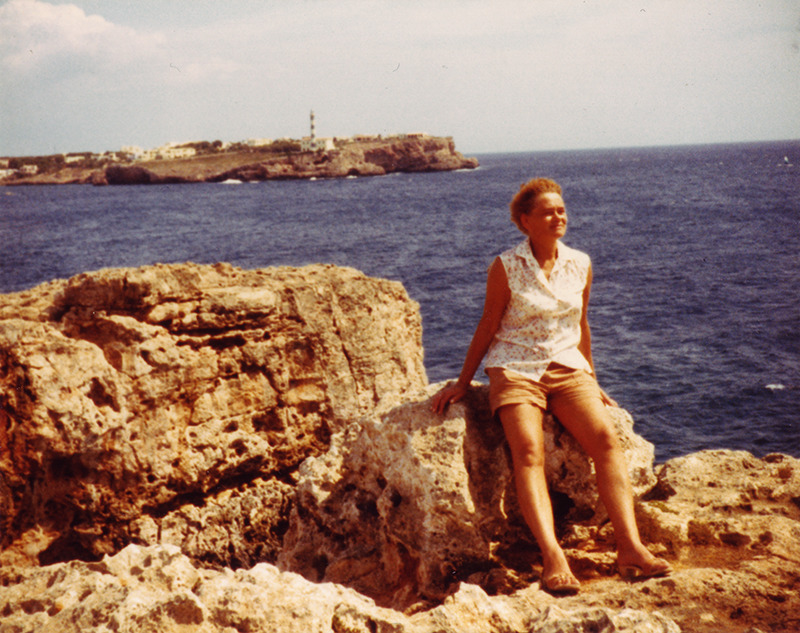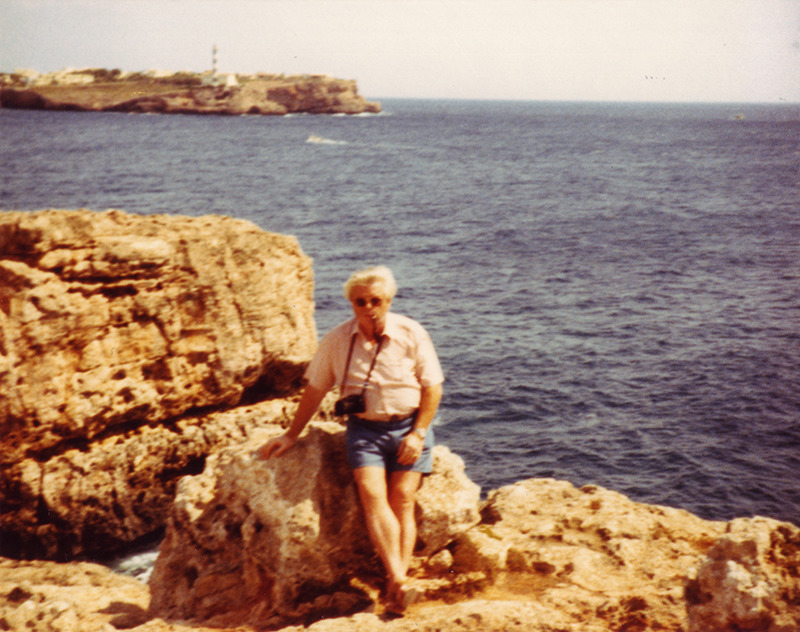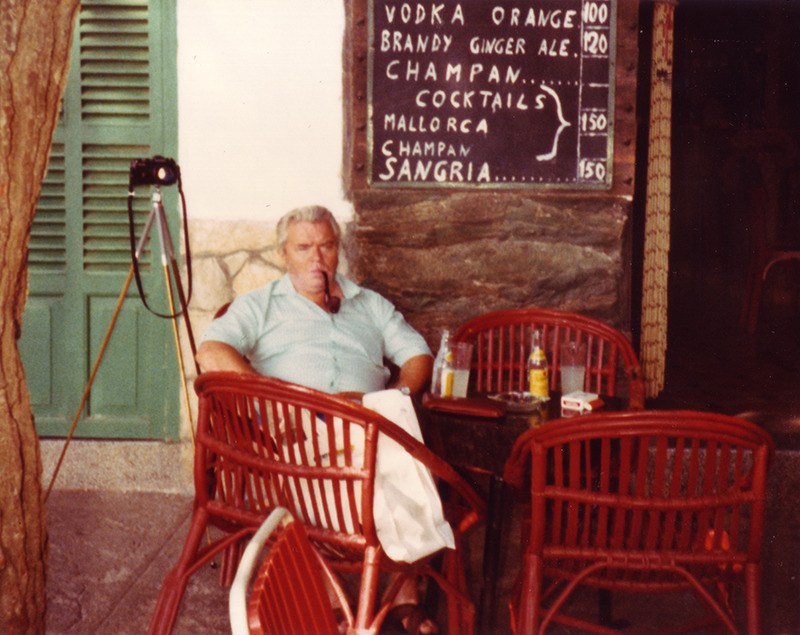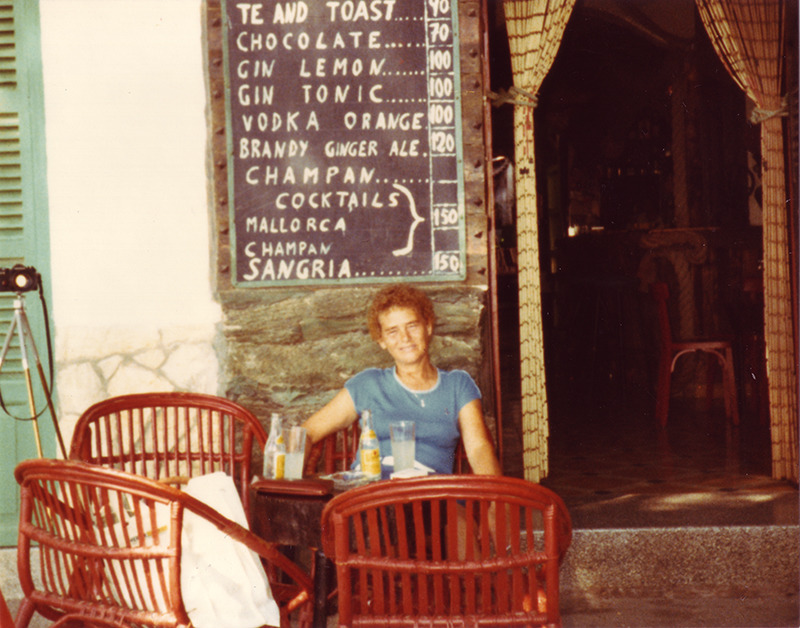Interview – Erik Kessels
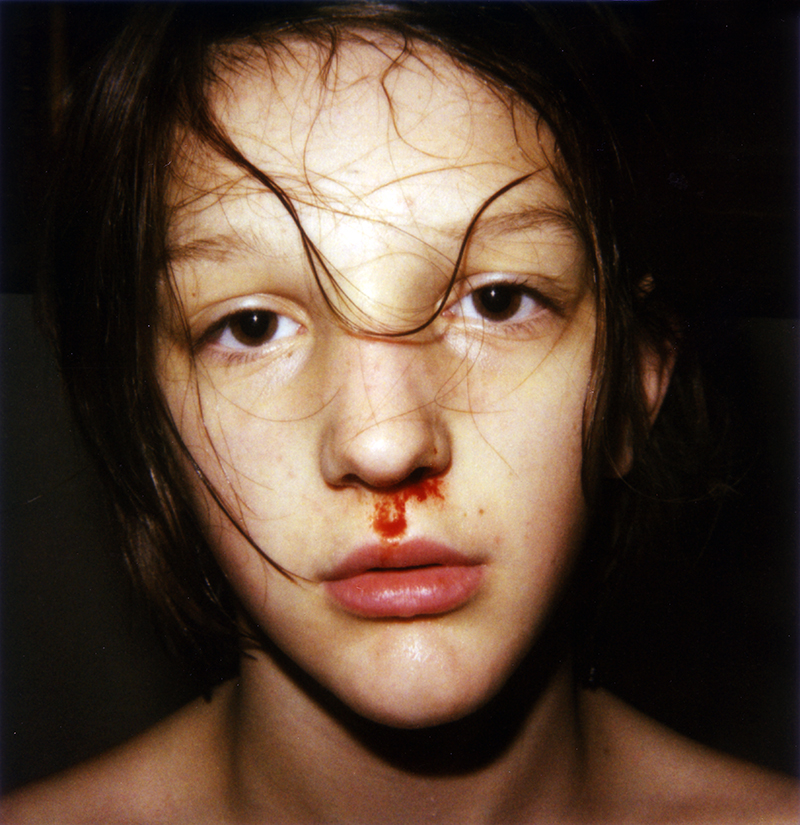
Erik Kessels’ work is constantly referencing people; the everyman and our observations, our inter relations and our passions. It has brought him success as the creative director of the KesslesKramer agency. It has given him endless source material as a publisher of vernacular photography and now with his own artistic practice, his exhibition Unfinished Father has garnered him a nomination for this years prestigious Deutsche Börse Photography Foundation Prize. With nearly all his ventures, Kessels incorporates humour; there is a consistent presence of humanity and he gives us the magnifying glass to look at ourselves and often laugh. One of the repeated themes in his work is the photo album. He opens these personal objects up for public dissemination and for this interview, produced an edit of selected projects to examine the tropes we fall into when photographing our loved ones.
If you type ‘family photo album’ into Google, most results will be articles titled ‘the death of the family photo album’. The physical photo album is being phased out because of all the digital images we collect. Are we losing the narrative that a physical photographic document of the family gives us?
The family album as a physical object was a very intimate thing as it was only there for a few eyes and only came out a few times, normally kept in a cupboard and brought out to show family and close friends. Now a photograph is to share and a photograph has a very short life cycle. A few years ago, maybe people still stored their physical photographs (cd’s or drives) but that time has also already passed, people now upload to Facebook or Instagram and at a certain moment it gets lost or buried. But this is also interesting – that the role of a photograph is much more public, especially family photographs and that is a big change.
Are we moving towards another era where my grandchildren will see very limited, if any, images of me as a youngster as the images will disappear?
Yes, I think so. I doubt it if your grandchildren will ever see a lot of images of you that you have taken. Time will tell but the funny thing is we are taking more images then ever, hardly any are being printed and how do we retain all this new digital imagery? Previously, physical albums were never thrown away or sometimes they were, but then they are found in flea markets and people keep them and you don’t throw away an object like that.
I find the flaw of the photo album is that everyone’s is the same. The same pictures of birthdays, weddings and holidays – now with camera phones we take more pictures of daily life, which reminded me of your pictures. Your series of your children with bloody noses, something you wouldn’t normally put in a photo album but now with the ease of access of a camera phone, you might want to grab that picture for posterity. Now that we’re in a digital age, we are moving to a different aesthetic.
I showed those because I feel like family photos are an act of propaganda; there is always a perfect situation on a sunny holiday where everybody is on the beach smiling and the family is in their perfect shape. Those are the pictures you show or share with other people, whilst very intimate moments or moments of sadness or little accidents we don’t tend to photograph. The pictures of the runny noses or black eyes is something seen as wrong whilst it is just a very simple family moment. I wanted to use those to talk about that subject; often we just consume images at such a pace that we don’t even look at them properly anymore.
Maybe that is why within art photography they are so many projects that refer to the family but perhaps in a different way which fascinates me, projects such as Richard Billingham’s Ray’s a Laugh or Nigel Shafran’s Dad’s Office.
Exactly. Art also has to take on that, change it or put a mirror to it. I mean the picture’s in Ray’s a Laugh were never intended to be family photographs, Billingham was a painter and he used the photographs to make paintings.
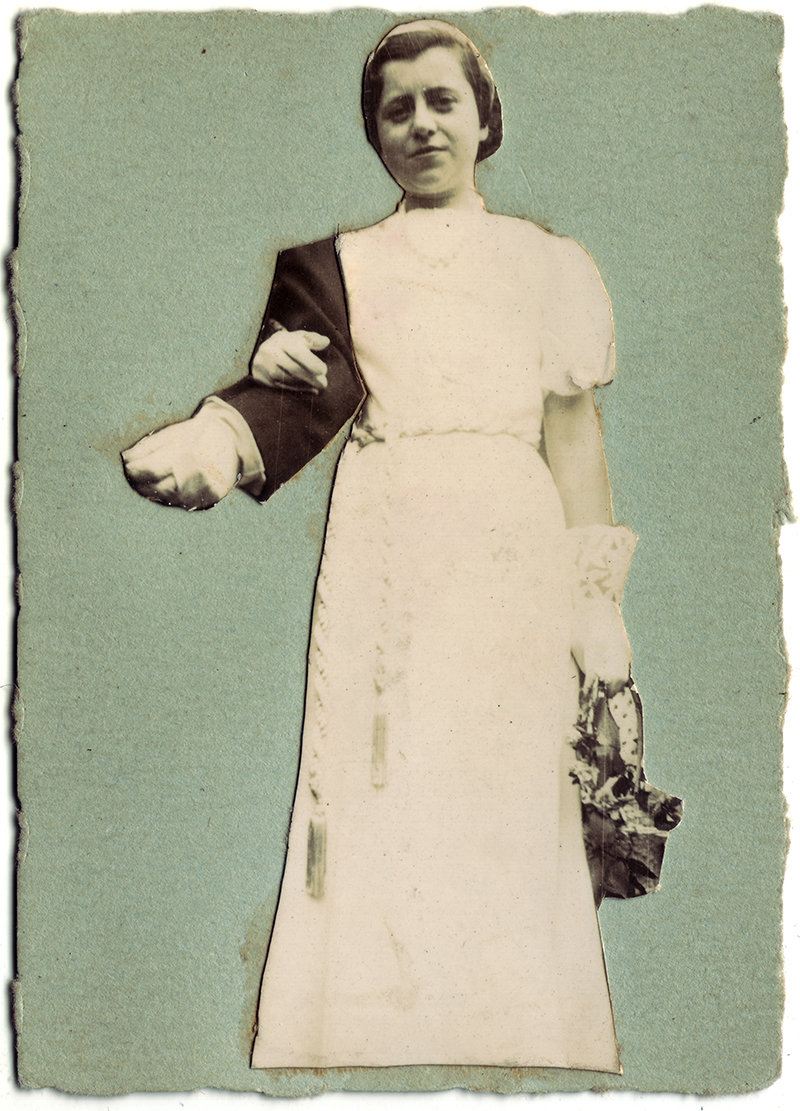
Looking at the mutilated photographs, one thing that interested me was the physical act of cutting someone out of the photograph; it must have proved therapeutic for the person doing it. I look at the idea of people making the connection between the actual person and the image in a physical way almost like voodoo, projecting their emotions to the person through a physical/symbolic image of that person. What do you make of the physical actions people take towards the photographs in the series?
Sometimes you see the cutting edges of it and the brutality that has been employed in the removing of someone, it is really to exclude somebody from the photograph. If it is one picture like that in an album it goes almost unnoticed but if it is repeated throughout a single album it becomes very funny.
Not in every case was it to exclude the person from the family, sometimes it was for a locket. But yes there are also occasions where it is for a family member, they have a fight and it is nice to see those edits because now we just delete the photograph. Photographs are mostly digital now which is simple and we delete and don’t see them anymore.
The other thing I liked is that the cutting out gave a narrative to the image and afterwards you were left with a new photograph that has it’s own story based on interaction with the image rather than the subject of the photograph. For example if you have an image of two people and one is cut out afterwards, the photograph marks now works as physical reminder not previously of the person but in it’s edited form of the act of separation.
Yes, for example you have a woman in a wedding dress with the little part of the hand of the husband still there that is after a divorce. The woman was so pissed off that she cut herself out of the wedding picture but to make the shape of herself she had to leave her husbands arm which is intertwined into hers within the image. What is even funnier is that she went as far as to stick it on a new piece of paper.
When I look at the women standing by the plants in Mother Nature, I think of the role of the man creating an aesthetic he wants to shoot his wife next to.
This is also something that has totally changed with analogue photography. With analogue, it was mostly the man who would be the photographer, he was the person holding the camera, it was his hobby; you hardly saw any women taking pictures therefore he would also photograph his wife. Funnily enough, when he photographed his wife he would try to choose a beautiful background such as flowers or a blooming bush. I find it strange that the photographer felt the woman needed that as a backdrop, an attempt to make the picture perfect. So with Mother Nature I also did an installation where I placed the photographs back into nature again and these pictures are also a phenomenon that you see a lot.
All of these things, like the couples photographing each other and the Mother Nature series, these are all in a way, me pointing out certain stereotypes of taking pictures.
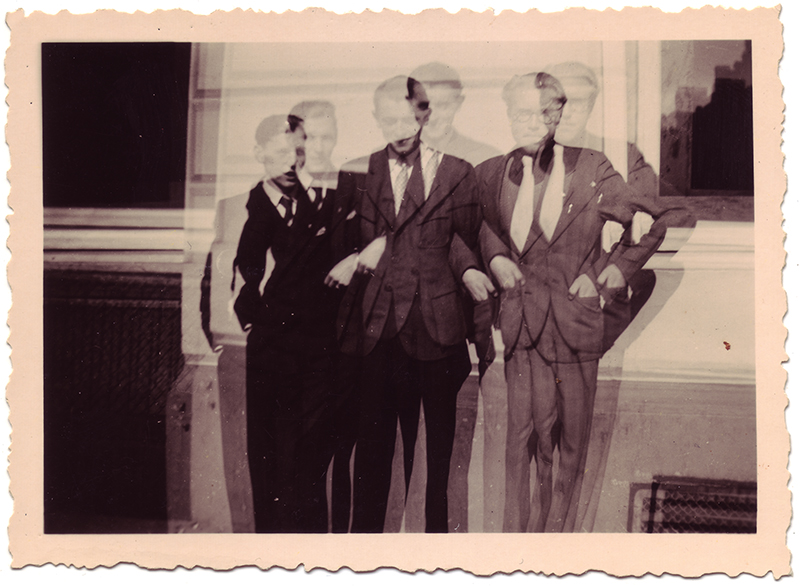
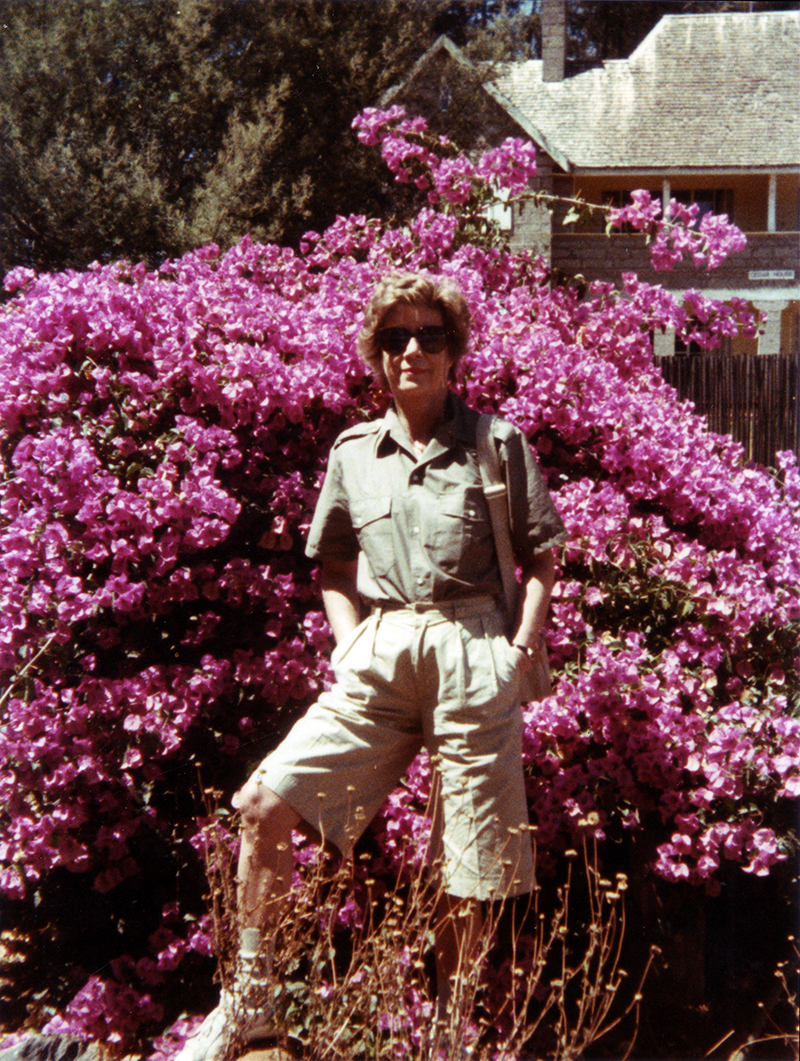
So we have tropes repeated again and again with these family pictures; with Family Mistake, these are images that have made it into the family album although they may be double or overexposures.
That has to do with people not wanting to throw away a photographic print you had paid for.
With a digital camera, an amateur photographer would perceive that mistake before capturing the final moment. If the picture was underexposed with an analogue camera, that mistake would go unnoticed and that ‘bad’ image would be the only one they had of that situation or moment.
Funnily though we now have applications on our phones to fuck up our images or to make our picture look very bad, which is strange. I mean the cameras on our phones are now so perfect that they photograph the light as light and the dark as dark and the photos are sometimes better than what you see in front of you. When it’s dawn you can take pictures that appear like a bright sunny day, they are so perfect; maybe we don’t want such perfect pictures so we like to fuck them up sometimes so that they become a little bit more authentic.
Are you conscious whilst taking picture of your own family, of the stereotypes you see in your other photo albums?
No no, not at all. Even the project of the kids with the bloody noses, I only noticed years later that I had been doing that for a while because I was not taking those pictures with the intention of turning it into a series. I just thought it is good to also record these moments but later it’s nice to show, you can look at them later and find a selection in them and place them in a different context.
I was just curious of you thinking about your own legacy of family photograph and whether or not you wanted to break that mould.
I’m not conscious of things like that, no I’m just as boring as everybody else. Especially men with cameras, they are totally boring; women are more creative, housewives or mothers. With my father for instance, I tried once and tried to find pictures of me and my sister together. Once I looked through 5 hours of Super 8 footage and there was only 20 seconds of the 5 hours where we were both together on the same image; the rest was just mountains, cars, dogs and nice skylines.
To finish, do you think we are moving away from an age of posterity?
In a way it’s not a bad thing necessarily because now there is a lot more liberty and we share more and see more because of the fact that we take more images. We also have big disadvantages and I mean that in terms of history, of how we keep them and maybe we lose them. I mean, if there was a huge digital storm or disaster, everything is lost and then we have to start all over.
Interesting priorities..
Yes, well when you look at a lot of family photo albums, a lot of it is with the whole family on holiday; in a holiday album they take pictures of the Eiffel Tower in Paris maybe 50 times and not much else, there is hardly any humanity in a holiday album, I mean generally. It’s funny, people seem to like to take picture postcards.
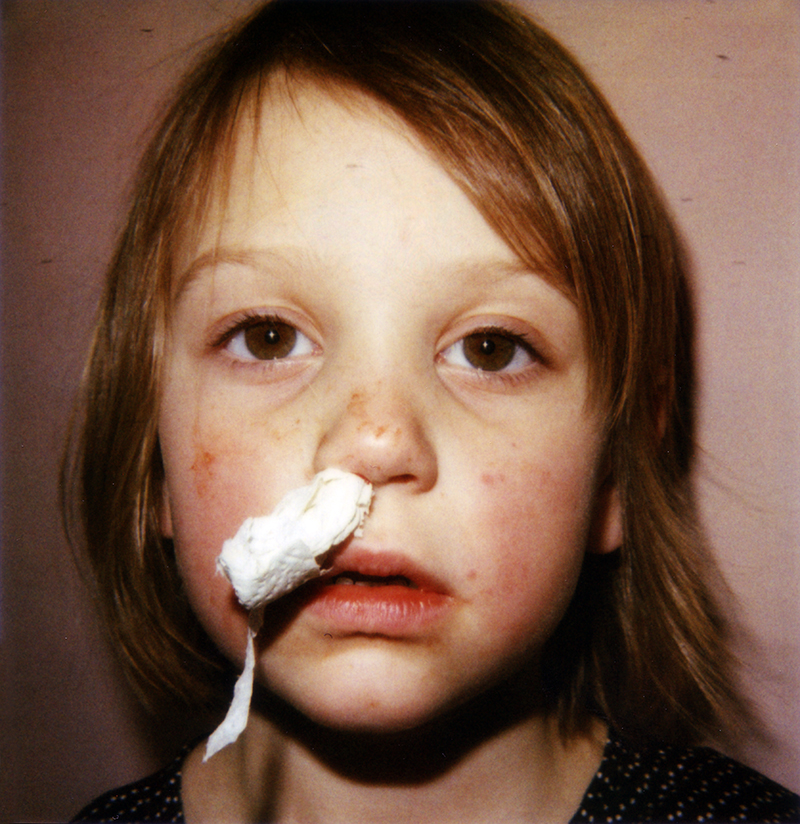
from Erik Kessels’ personal family photographs 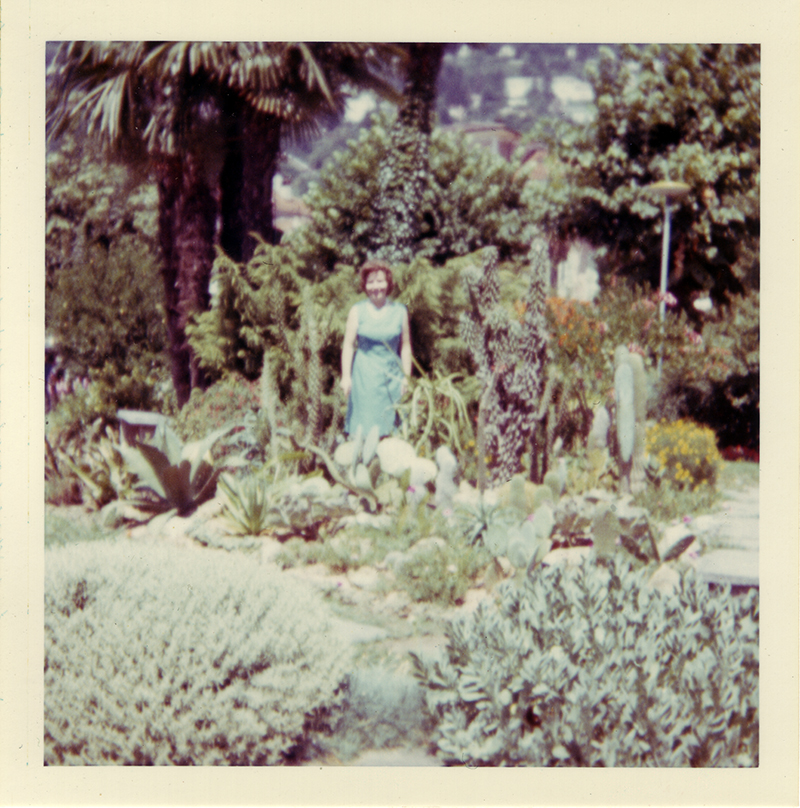
From Mother Nature 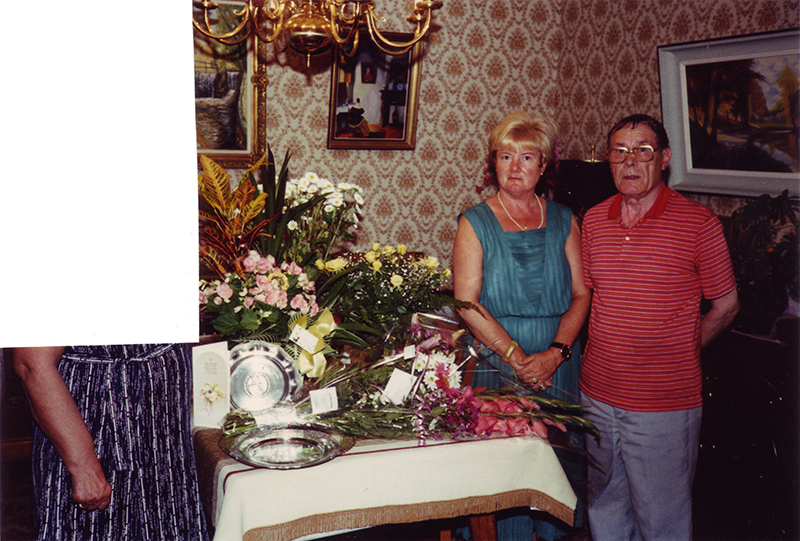
from Mother Nature 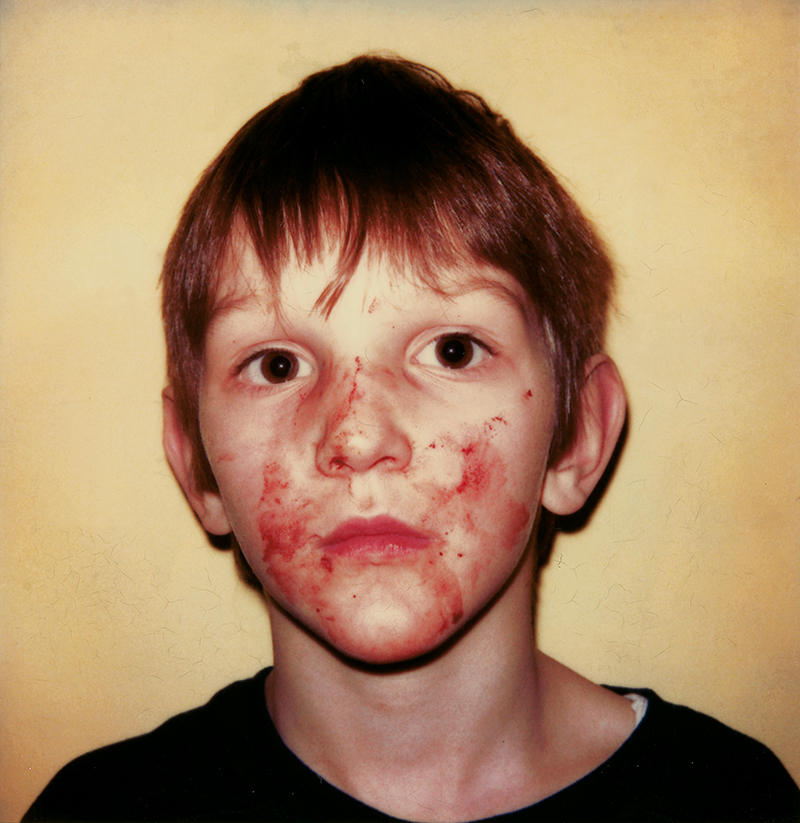
From Erik Kessels’ personal family photographs 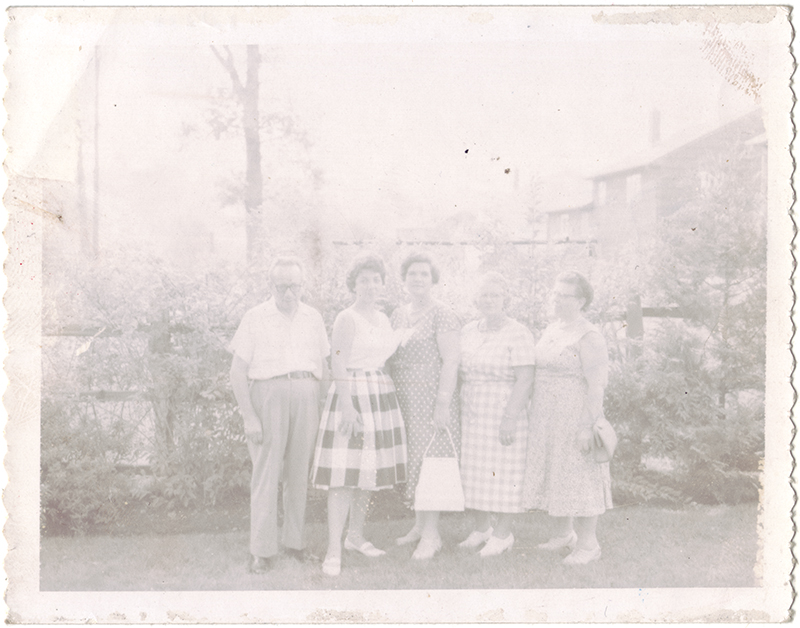
from Family Mistake 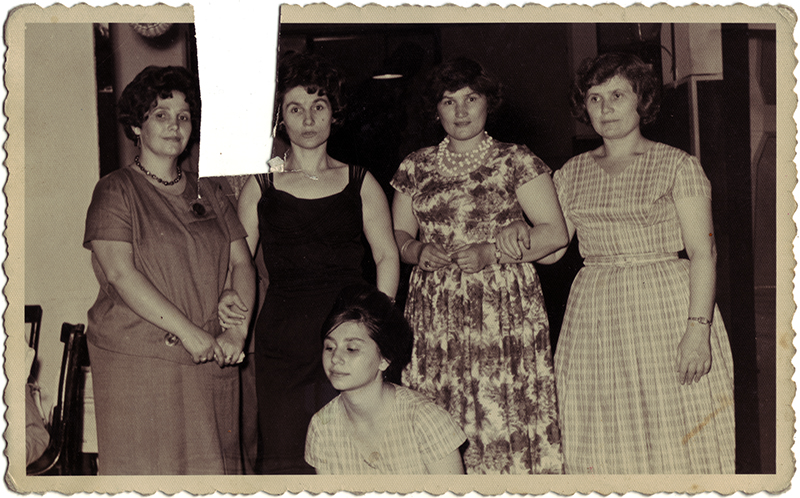
from Mutilated Family
All photographs courtesy Erik Kessels personal collection

